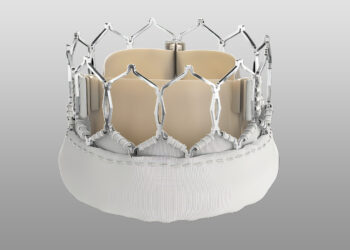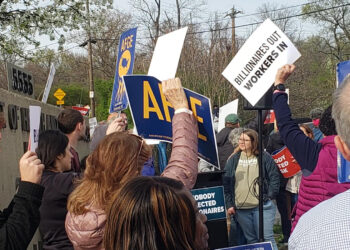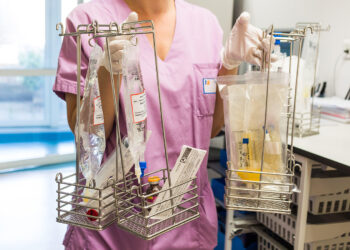[ad_1]
TOPLINE:
Pathologic complete response shows poor surrogacy for overall survival (OS) in neoadjuvant breast cancer (BC) trials, while invasive disease-free survival demonstrates moderate to strong association across multiple subgroups. Follow-up duration significantly impacts surrogacy value, with reliable forecasting achieved after 36-42 months.
METHODOLOGY:
- Pathologic complete response and invasive disease-free survival are currently supported by regulatory agencies as surrogate endpoints for OS in neoadjuvant randomized clinical trials for early BC.
- While pathologic complete response shows meaningful association with patient survival at an individual level, its value as a trial-level surrogate remains unproven.
- Individual patient data from neoadjuvant randomized clinical trials for early BC with available data on pathologic complete response, invasive disease-free survival, and OS were analyzed.
- Analysis included 11 randomized clinical trials encompassing 15 treatment comparisons and 12,247 patients.
- Researchers utilized weighted linear regression models to quantify the association between treatment effects on OS and surrogate endpoints.
- The coefficient of determination (R²) from weighted linear regression models was used to assess the strength of associations between endpoints.
TAKEAWAY:
- Analysis revealed a weak association between hazard ratios for OS and odds ratio of pathologic complete response (R², 0.07; 95% CI, 0.00-0.48) across all explored subgroups.
- The association between hazard ratio for OS and hazard ratio for invasive disease-free survival showed an R² of 0.46 (95% CI, 0.08-0.71), just below the cutoff of 0.5 for moderate surrogacy.
- Strong surrogacy was observed in hormone receptor–negative/human epidermal growth factor receptor 2–negative subtype, histologic grade 1-2 tumors, and lobular tumors (R² ≥ 0.7).
- Follow-up length significantly impacted invasive disease-free survival’s surrogacy value, with R² substantially increasing up to 36 months of follow-up, showing little improvement after 48 months.
IN PRACTICE:
“Enthusiasm for [pathologic complete response] as the primary indicator of benefit for new agents/regimens in patients with early-stage BC should be tempered. [Invasive disease-free survival] is a reliable surrogate of OS providing we are patient and allow sufficient [length of follow-up],” wrote JCO Senior Deputy Editor, Kathy D. Miller, MD, in the “Context” section of the paper.
SOURCE:
The study was led by Fabio Conforti, MD, of Humanitas Gavazzeni in Bergamo, Italy. It was published online in Journal of Clinical Oncology.
LIMITATIONS:
Standard treatments and patient characteristics in neoadjuvant randomized clinical trials have evolved over time, particularly for hormone receptor–positive BC. Current trials primarily enroll high-risk luminal B tumors, unlike earlier trials that also included patients with lower-stage or lower-grade luminal BCs. In early neoadjuvant randomized clinical trials, patients underwent sentinel lymph node biopsy and axillary dissection before neoadjuvant chemotherapy, potentially leading to misclassification of pathologic complete response status in some patients.
DISCLOSURES:
Disclosures for trials included in this study are as follows. The GeparDuo trial received funding from Aventis, Amgen, and Chugai. The GeparTrio trial was supported by Aventis, Amgen, and Roche. The PREPARE trial received support from Amgen and BMS. The GeparQuattro trial was funded by Roche and Sanofi-Aventis. The GeparQuinto trial received support from GlaxoSmithKline, Novartis, Roche, and Sanofi Aventis. The GeparSixto trial was funded by Cephalon, GlaxoSmithKline, and Roche. The GeparSepto trial received support from Celgene and Roche. The GeparOcto trial was funded by Amgen, Roche, Teva, and Vifor. The GeparNuevo trial received funding from AstraZeneca and Celgene. The GAIN2 trial was supported by Amgen and BMS (Celgene).
This article was created using several editorial tools, including AI, as part of the process. Human editors reviewed this content before publication.
[ad_2]
Source link : https://www.medscape.com/viewarticle/pathologic-complete-response-shows-poor-surrogacy-os-breast-2025a10002z3?src=rss
Author :
Publish date : 2025-02-06 10:52:09
Copyright for syndicated content belongs to the linked Source.














